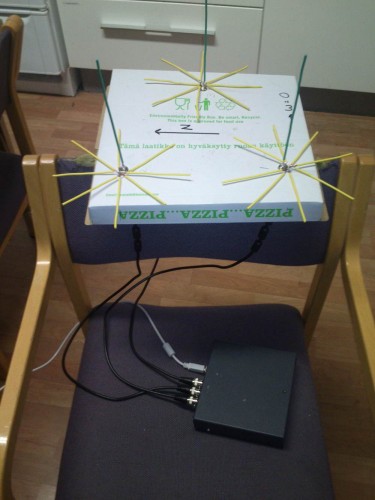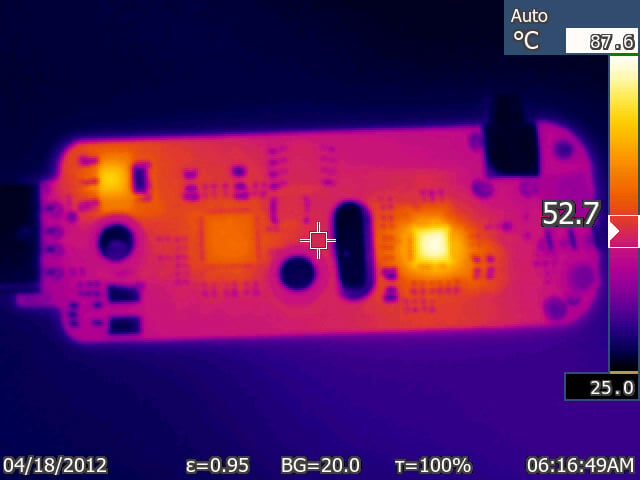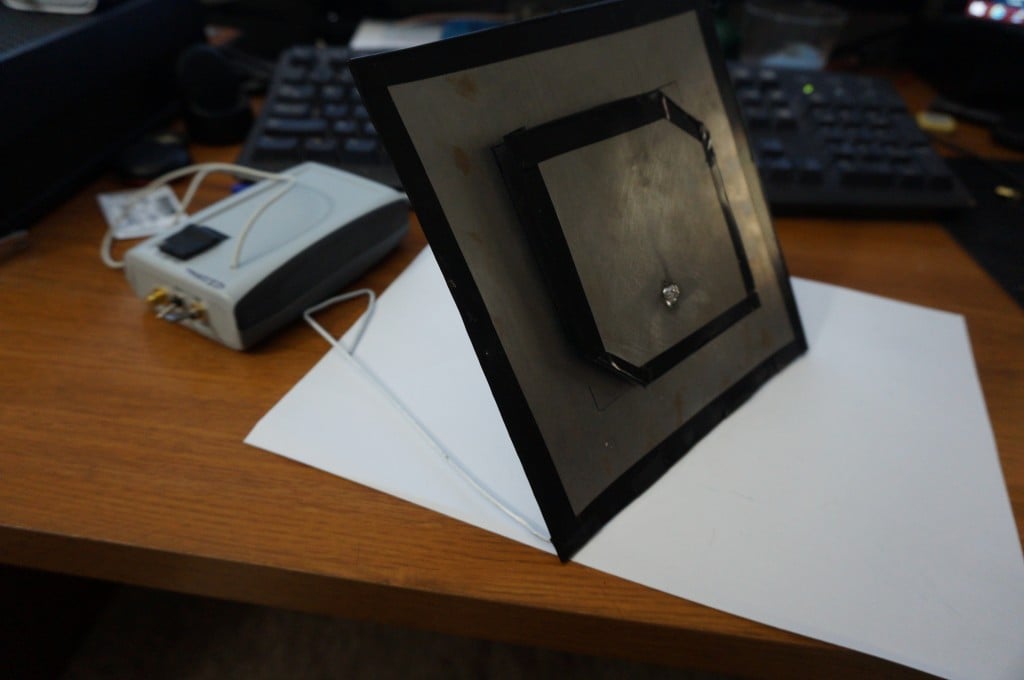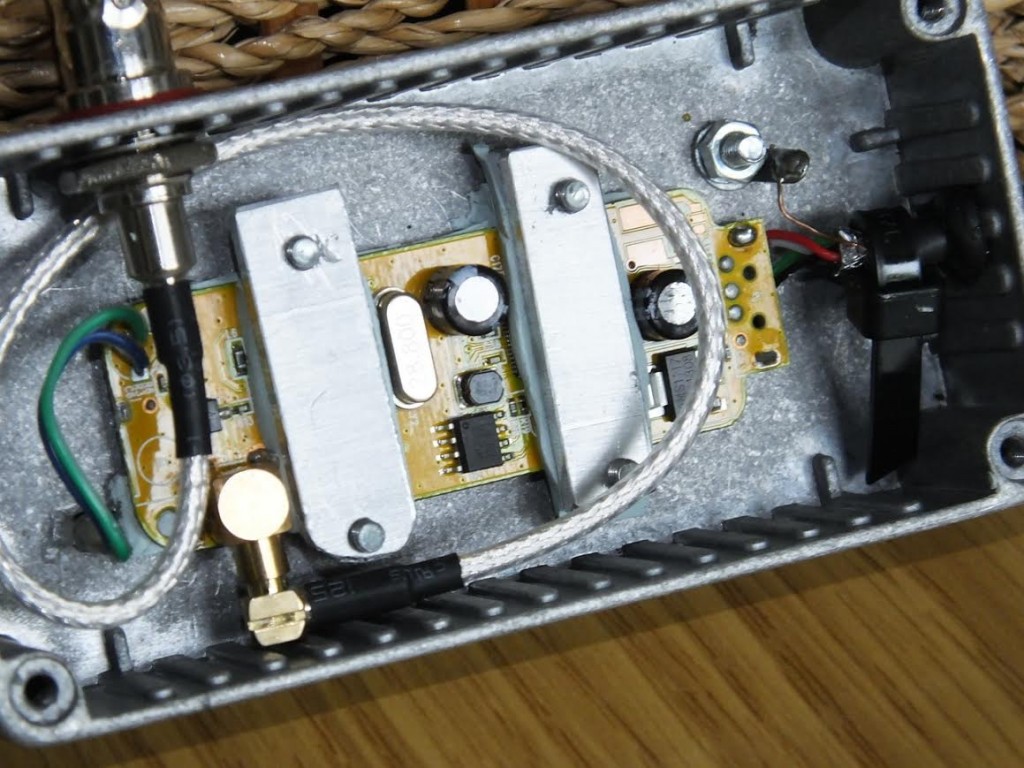Receiving Digital Amateur TV from the ISS with an RTL-SDR
The international space station (ISS) is currently testing transmission of a DVB-S digital video signal. At the moment only a blank test pattern is transmitted, but one day they hope to be able to transmit live video properly for the purposes of making live contact with astronauts, and possibly to stream video of scientific experiments, extravehicular activities, docking operations, or simply live views of the Earth from space.
Over at www.pabr.org the author Pabr has been experimenting with using an RTL-SDR dongle for the reception of these digital amateur TV (DATV) signals. Over on Reddit he also posted some extra information about his work:
I have been able to receive DVB-S broadcasts from the ISS (known as HamVideo or HamTV) with a high-gain 2.4 GHz WiFi antenna ($50), a custom downconverter ($65), a R820T2 dongle, and a software demodulator (Edmund Tse’s gr-dvb). I used to think this could only be done with much more expensive SDR hardware.
It is commonly known that rtl-sdr dongles do not have enough bandwidth to capture mainstream satellite TV broadcasts, but the ISS happens to transmit DVB-S at only 2Msymbols/s in QPSK with FEC=1/2, which translates to 2 MHz of RF bandwidth (2.7 MHz including roll-off).
Before anyone gets too excited I should mention that:
- This was done during a favourable pass of the ISS (elevation 85°)
- With a fixed antenna, only a few seconds worth of signal can be captured
- Demodulation is not real-time (on my low-end PC)
- Currently the ISS only transmits a blank test pattern.
I now believe the BoM will be less than $50 by the time the ISS begins broadcasting interesting stuff on that channel.
Pabr uses a 2.4 GHz parabolic WiFi antenna to receive the signal. He writes that ideally a motorized antenna tracker would be used with this antenna to track the ISS through the sky. Also since the DATV signal is transmitted at around 2.4 GHz, a downconverter is required to convert the received frequency into one that is receivable with the RTL-SDR. The DATV decoder is available on Linux and requires GNU Radio.












